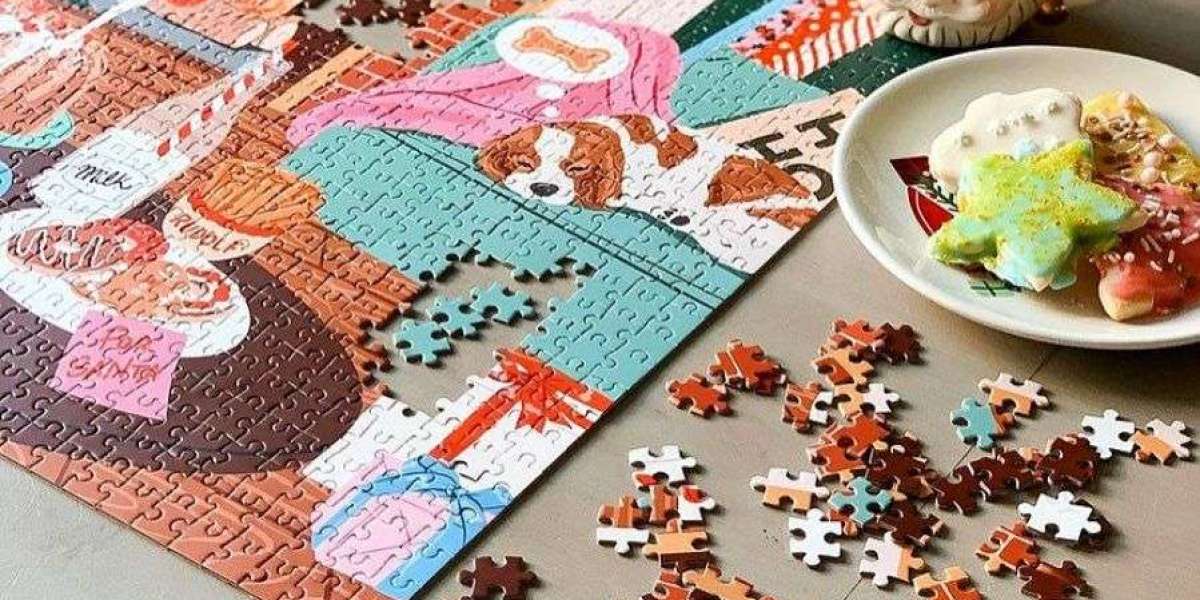One of the most important aspects of wooden puzzle design is the selection of materials. The type of wood used can significantly impact the puzzle's appearance, durability, and tactile feel. Hardwoods, such as maple, cherry, and walnut, are often preferred for their strength, beauty, and resistance to wear. Softwoods, such as pine and cedar, are less expensive and easier to work with, but they may not be as durable. The choice of wood also depends on the intended use of the puzzle. For example, puzzles designed for young children may be made from softer woods to prevent injury.
The shape and size of the puzzle pieces are also critical design considerations. The pieces must be carefully shaped to ensure that they interlock properly and create a visually appealing image or structure. The size of the pieces depends on the complexity of the puzzle and the intended audience. Smaller pieces are typically used for more challenging puzzles, while larger pieces are used for puzzles designed for young children.
The mechanism of the puzzle is another important design element. Some wooden puzzles, such as jigsaw puzzles, rely on the simple interlocking of pieces to create a complete image. Other wooden puzzles, such as mechanical puzzles, involve more complex mechanisms, such as sliding pieces, rotating gears, and interlocking burrs. The design of these mechanisms requires a deep understanding of engineering principles and a keen eye for detail.
The design process for wooden puzzles often involves a combination of computer-aided design (CAD) and traditional woodworking techniques. CAD software allows designers to create precise drawings and models of the puzzle pieces, ensuring that they fit together perfectly. Woodworking tools, such as saws, routers, and sanders, are used to cut, shape, and finish the wooden pieces. The final step in the design process is to test the puzzle to ensure that it is both challenging and enjoyable to solve.
The art of wooden puzzle design lies in the ability to create a puzzle that is both visually appealing and intellectually stimulating. A well-designed wooden puzzle should be challenging enough to engage the solver, but not so difficult as to be frustrating. The puzzle should also be aesthetically pleasing, with a design that is both elegant and functional.
Wooden puzzles offer a unique opportunity to connect with the natural world and appreciate the beauty of craftsmanship. The creation of a wooden puzzle is a labor of love, requiring skill, patience, and a deep appreciation for the materials. The result is a timeless and engaging object that can be enjoyed for generations.
If you're looking to experience the art and science of wooden puzzle design, be sure to explore the collection at Frebrix. They offer a range of wooden puzzles, including "Creative Three-dimensional Puzzle Wooden Assembly Toys for Ancient Architectural Models of Siege Vehicles" which showcases intricate design and craftsmanship. Find your next design challenge at Frebrix's Puzzles!








